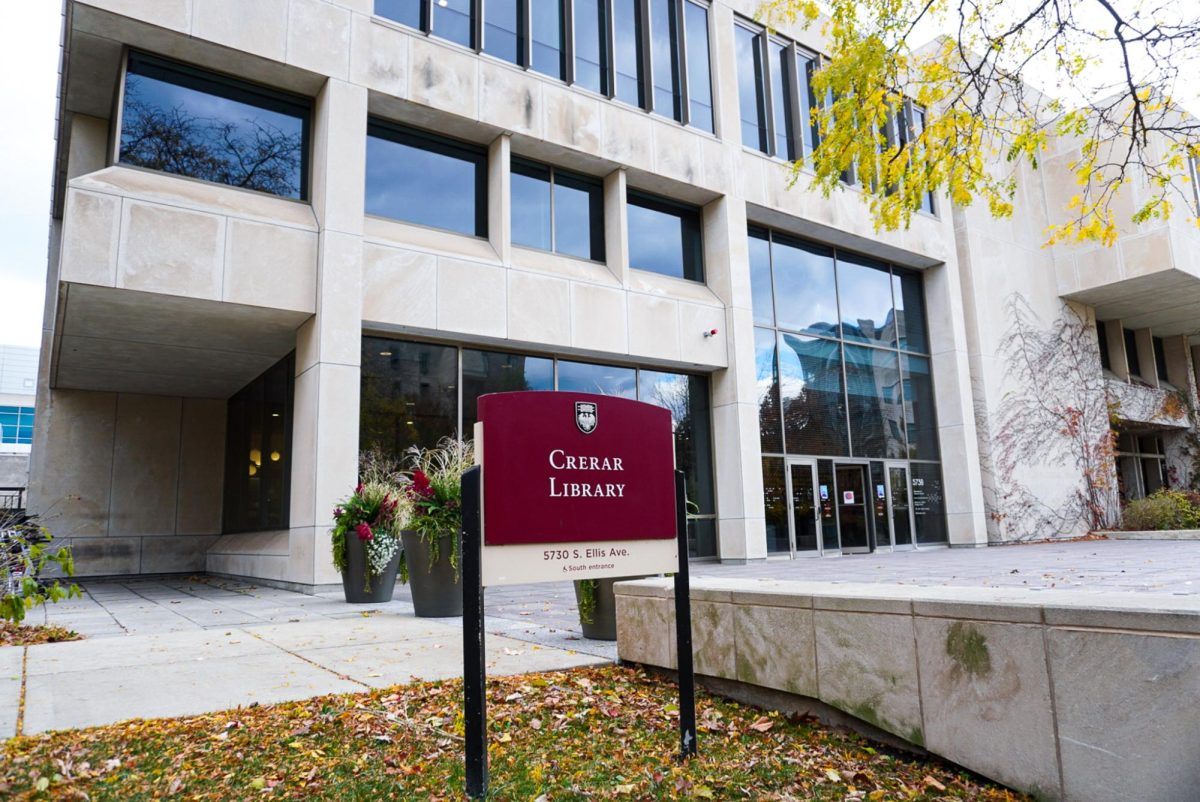Every few weeks since June, the University of Chicago has sent emails with further details on their autumn quarter plans. Upperclassmen wishing to return to campus have scrambled to find housing, professors across the nation continue to consider the health risks of teaching in person, and first-years never stop asking questions to which, quite frankly, nobody has the answer. These updates have slowly trickled more information to students and parents, but much about the Autumn 2020 experience remains unknown. Existing guidelines are not thorough enough, the current approach to rule-enforcement is inadequate, and life in quarantine housing is a mystery.
It is certainly understandable that the University is, thus far, unable to provide a completely comprehensive plan. The ever-changing conditions and many factors of COVID-19 make it difficult for them to commit to specific strategies and procedures, which they would potentially need to change in light of new evidence about the virus. However, as many families prepare to send their children to Hyde Park for the first time, there are features of UChicago’s Autumn 2020 plan that are dangerously left unspecified and could have impacted a student’s decision to move to campus (the deadline for the Annual Confirmation Process and Housing Survey have passed).
Social life is a must for many college students, even during the pandemic. In fact, the emphasis that students place on social interaction has been exposed by the rising occurrence of outbreaks at various American universities (UNC Chapel Hill, Notre Dame, University of Alabama, and University of Iowa, to name a few), where parties and get-togethers have been linked to the spread of COVID-19 on their campuses. These horror stories have led to serious doubts that University of Chicago students will act responsibly (as a professor/resident dean has recently expressed). At this point, however, the more relevant question is not accountability on the part of the student body but how strictly and effectively the University intends to enforce guidelines. Their health requirements outline several measures such as social distancing, hand-washing, mandatory face coverings, and case-reporting. These requirements were accompanied by an email from Dean Michele Rasmussen on September 4, vaguely addressing expectations on student gatherings. Parties are not allowed and students living in residence halls “may have one guest in their room at a time, who must live in the same residence hall and wear a face covering.” Punishments include but are not limited to “suspension of access to campus” and apply to students living both on and off campus. But who ensures that students will adhere to these guidelines? Resident deans will certainly not monitor every student’s room, and Greek life parties may easily slip under the radar. While the University has implemented an incident reporting system, students might not report all violations. If the University of Chicago wishes to successfully operate through COVID-19, it should specify more adequate measures that it is taking to keep us safe. Will there be strict supervision of undergraduates living in residence halls? Will the University coordinate with Greek life organizations to plan safe events while also tracking their cases? How will they determine which violations warrant a suspension?
Even if there is sufficient adherence to the rules outlined so far, it seems certain that more than a few students will test positive for COVID-19. The University of Chicago, like many other universities has opted to focus their explanations more on how they will limit or prevent coronavirus cases rather than how they will deal with them. Students moving to campus are virtually left in the dark about how they will be treated and monitored following their potential contraction of the virus.
A concern that has not been raised nearly enough in this regard is the University’s approach to quarantine housing. In an email sent by Provost Ka Yee Lee on August 26, it is stated that students who test positive will be relocated to Stony Island, Snell-Hitchcock, or “another identified isolation space” until they recover. Will air circulation within the building hinder sick students from recovering? Will they regularly assess students’ health conditions during the quarantine? How can the University ensure that a recovered student returns to normal campus life without further spreading the virus? Has anyone considered the trauma that could potentially be imposed on quarantined students who may hear coughing, wheezing, or vomiting around them throughout the day with no escape?
There is likely a longer list of questions and concerns shared among students and families in the University of Chicago community, but my points are meant to expose the lack of crucial pieces of information right now. Those privileged enough to have a choice between on-campus and remote learning may have opted to take a gap year or petitioned for exemption from the housing policy in light of answers to these questions. None of this is to say that the University administration, medical center, or planning committees do not have the answers. It is likely that they can resolve more than a few of these issues, but the student body has no way of knowing for sure.
I am not questioning the University of Chicago’s planning abilities; instead, I am asking that those in charge of planning be more conscious of the things they are leaving unsaid. Many former and current students believe that transparency is not UChicago’s strong suit, but considering that we are living in unprecedented times, it is the University’s responsibility to keep us updated with relevant information. As students move to campus and hunker down for a quarter that is unlike any other, it is critical for those in charge of keeping students safe to be upfront with the present and future state of campus life, health, and safety.
Luke Contreras is a first-year in the College.






